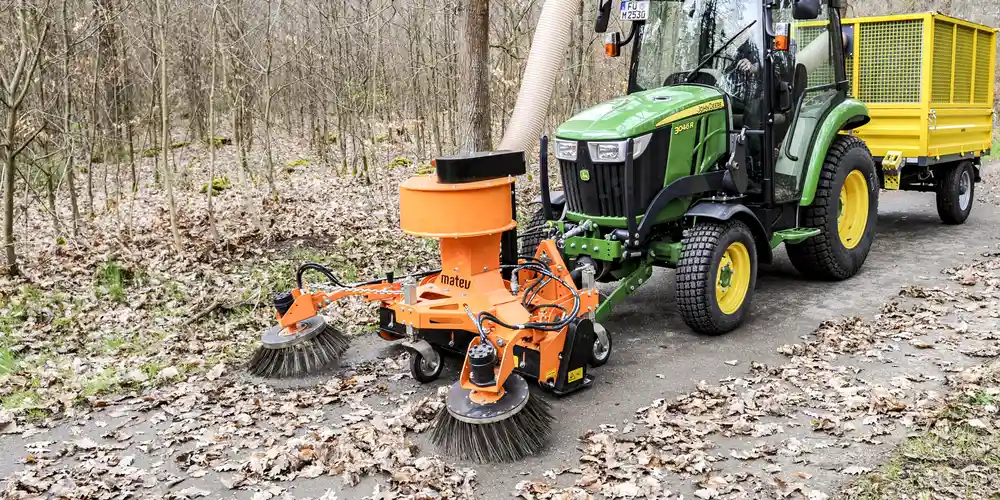Kersten UK News
.jpg)
Sweeping, moss and weed control
A New Era of Stewardship: Why the Voluntary Initiative's Focus on Amenity is a Game-Changer
Honored to be the first VI Champion in Amenity. This marks a major institutional commitment to moving our sector beyond chemical reliance towards proactive, sustainable Integrated Pest Management.
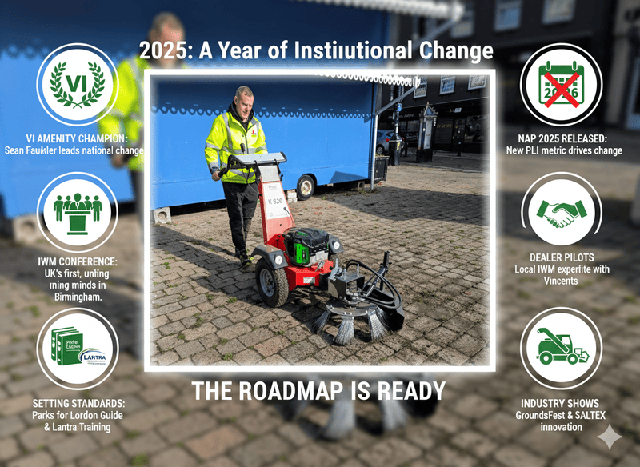


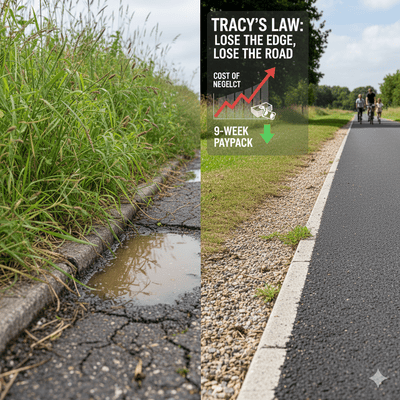
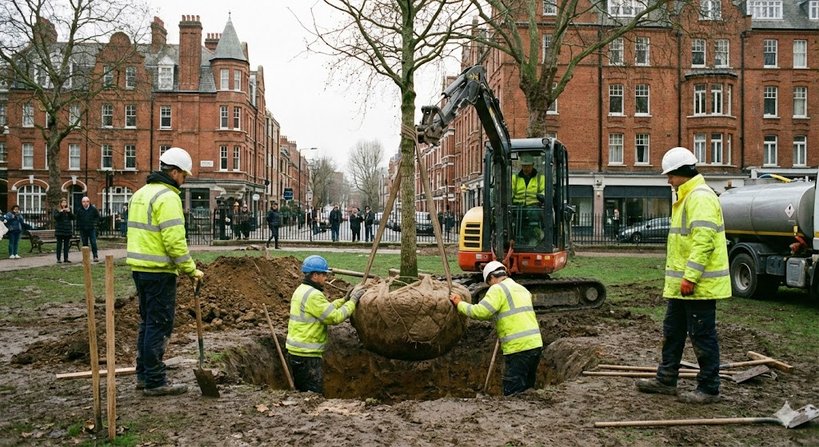
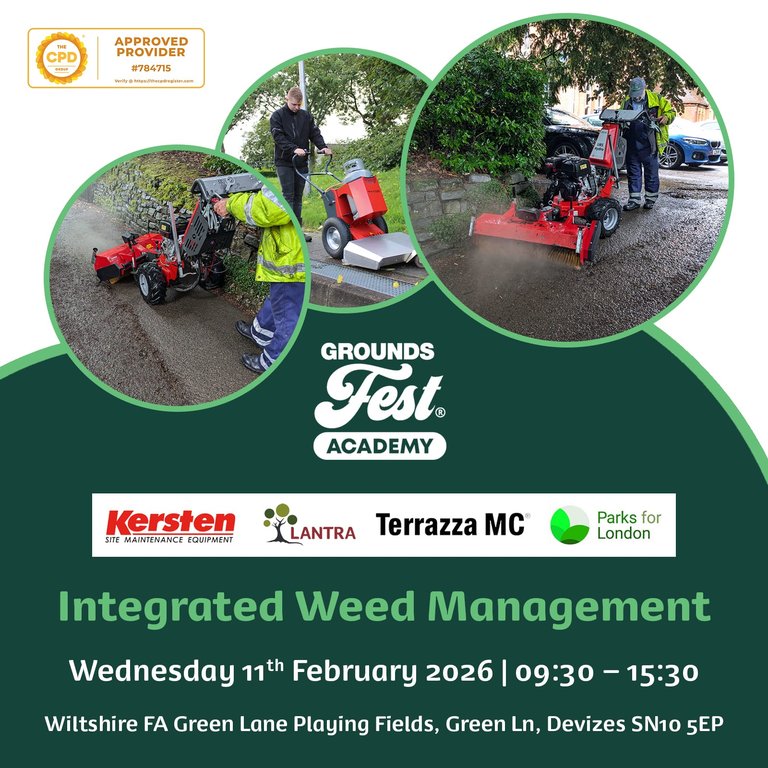
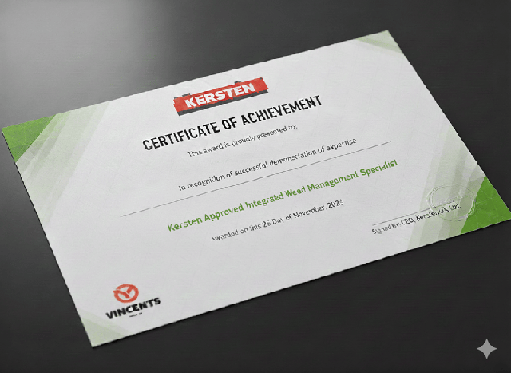
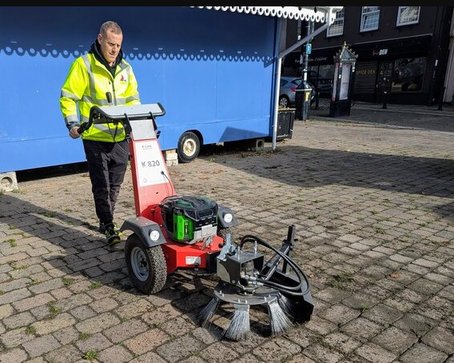
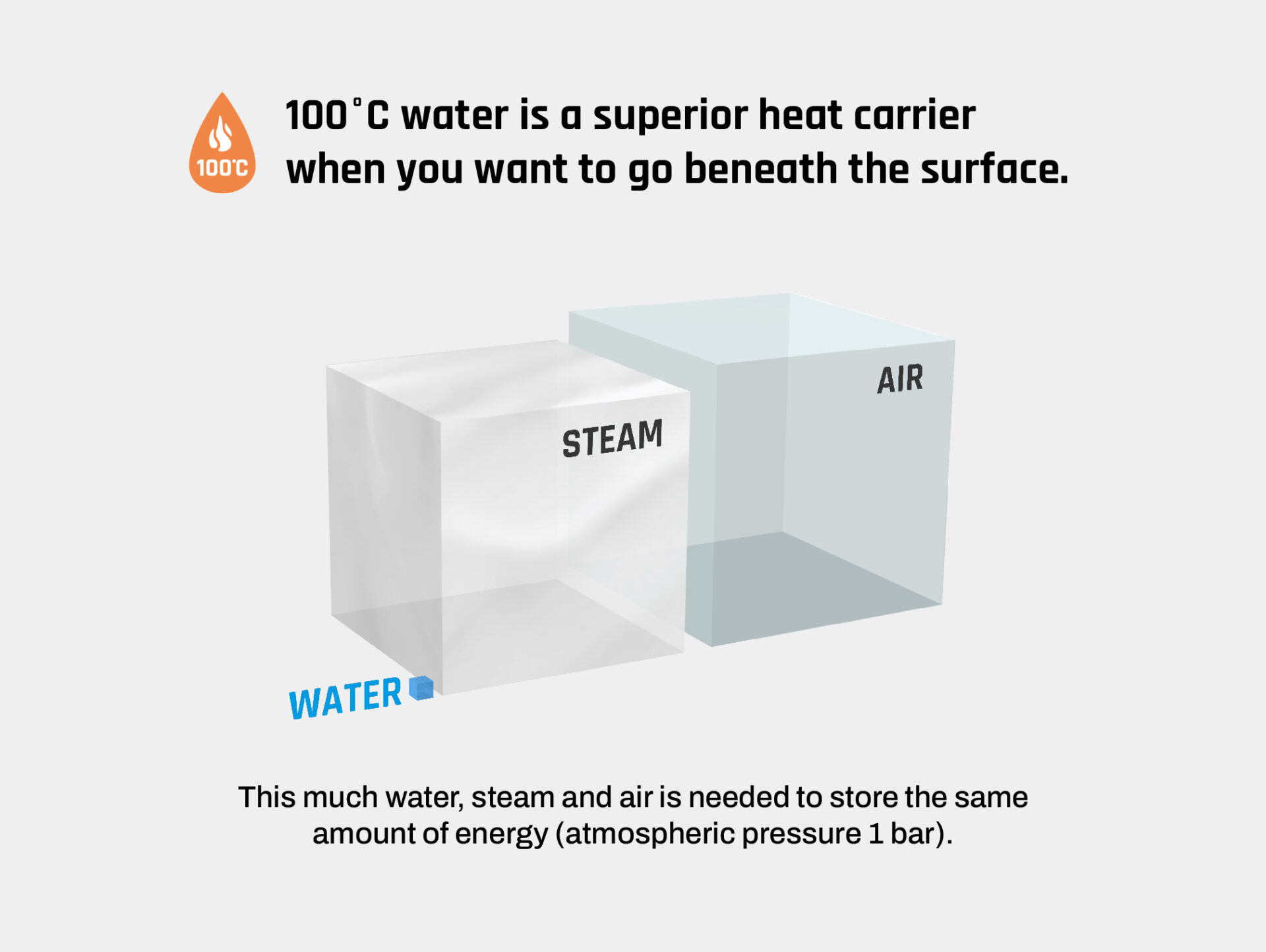
.jpg)
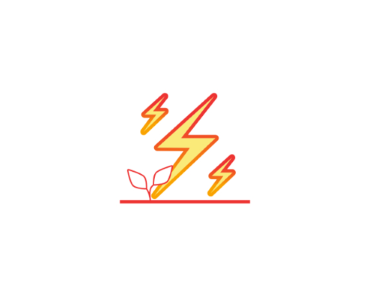
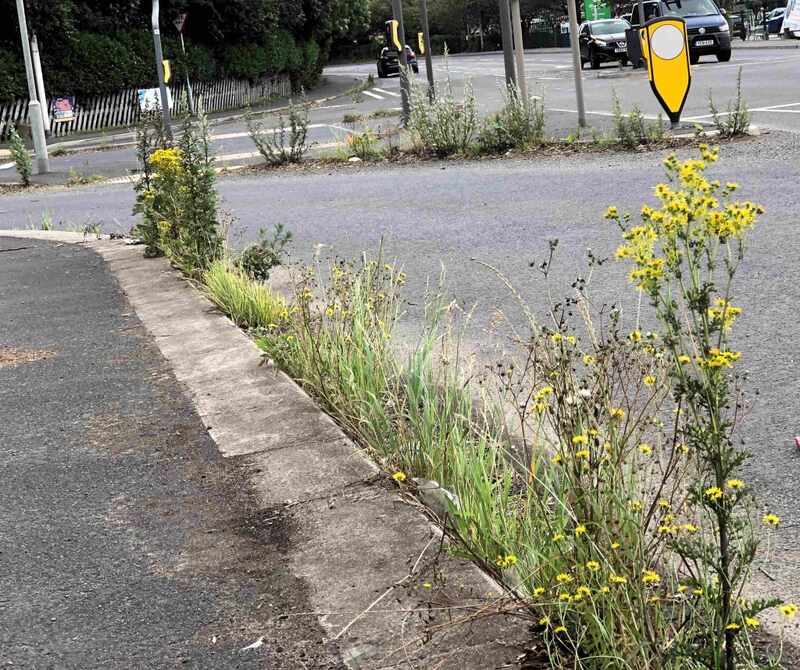
 (1).jpg)
.jpg)
 (1) (1).jpg)
.jpg)
.jpg)

